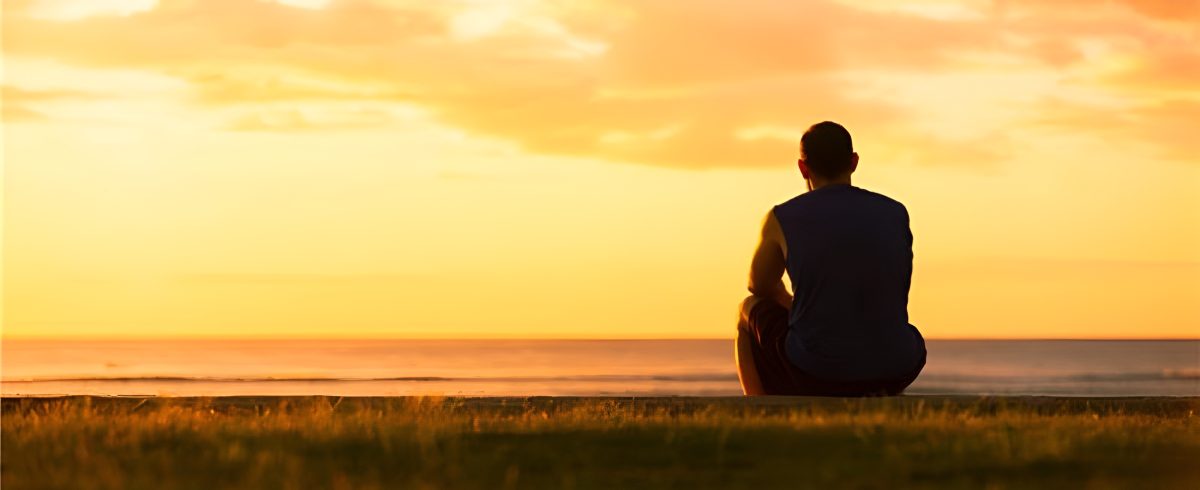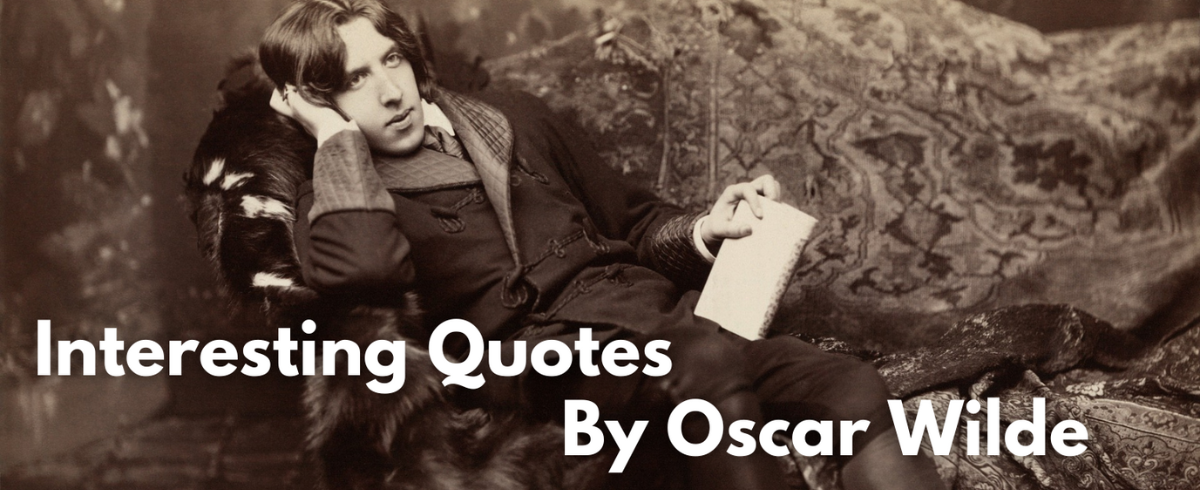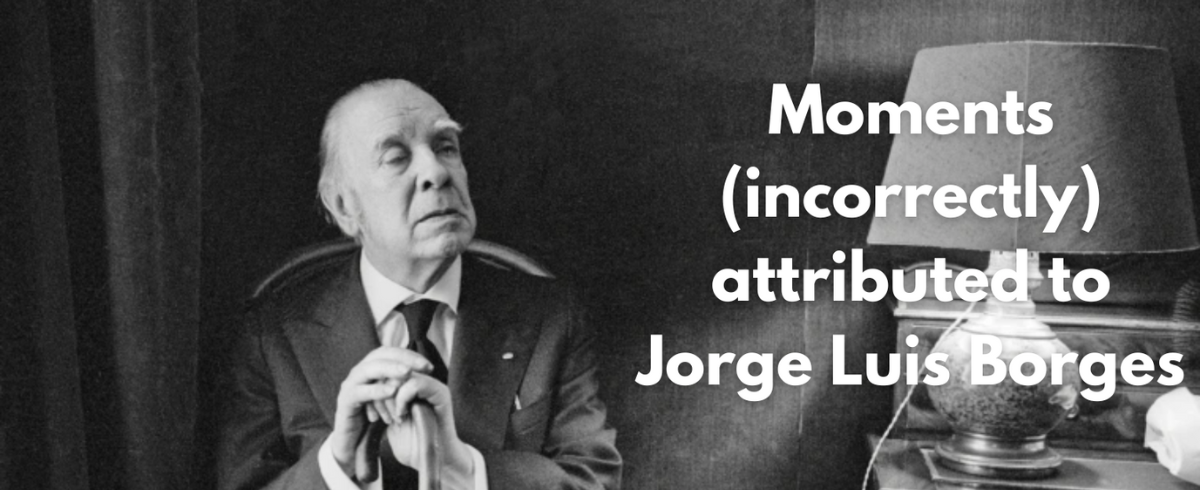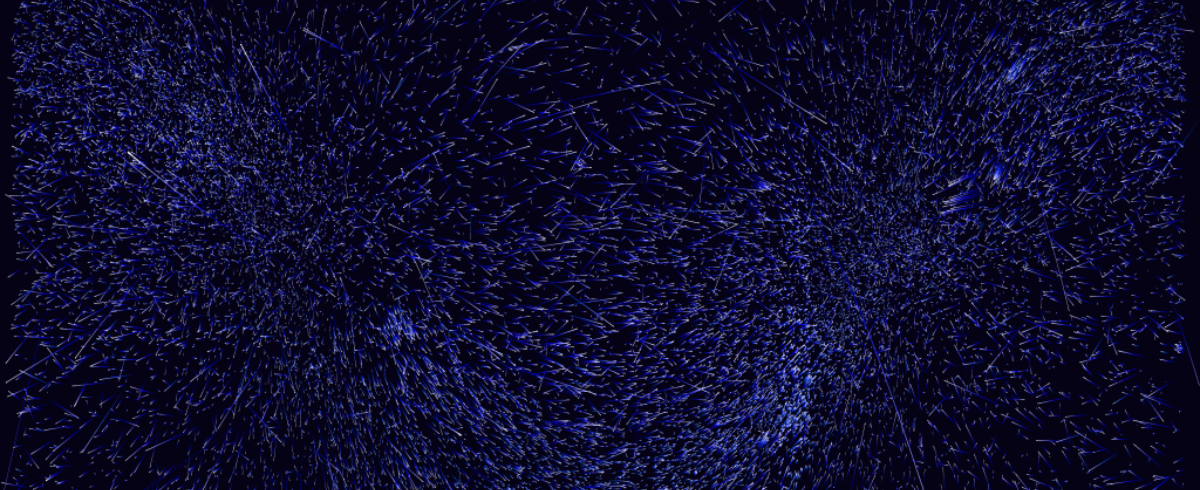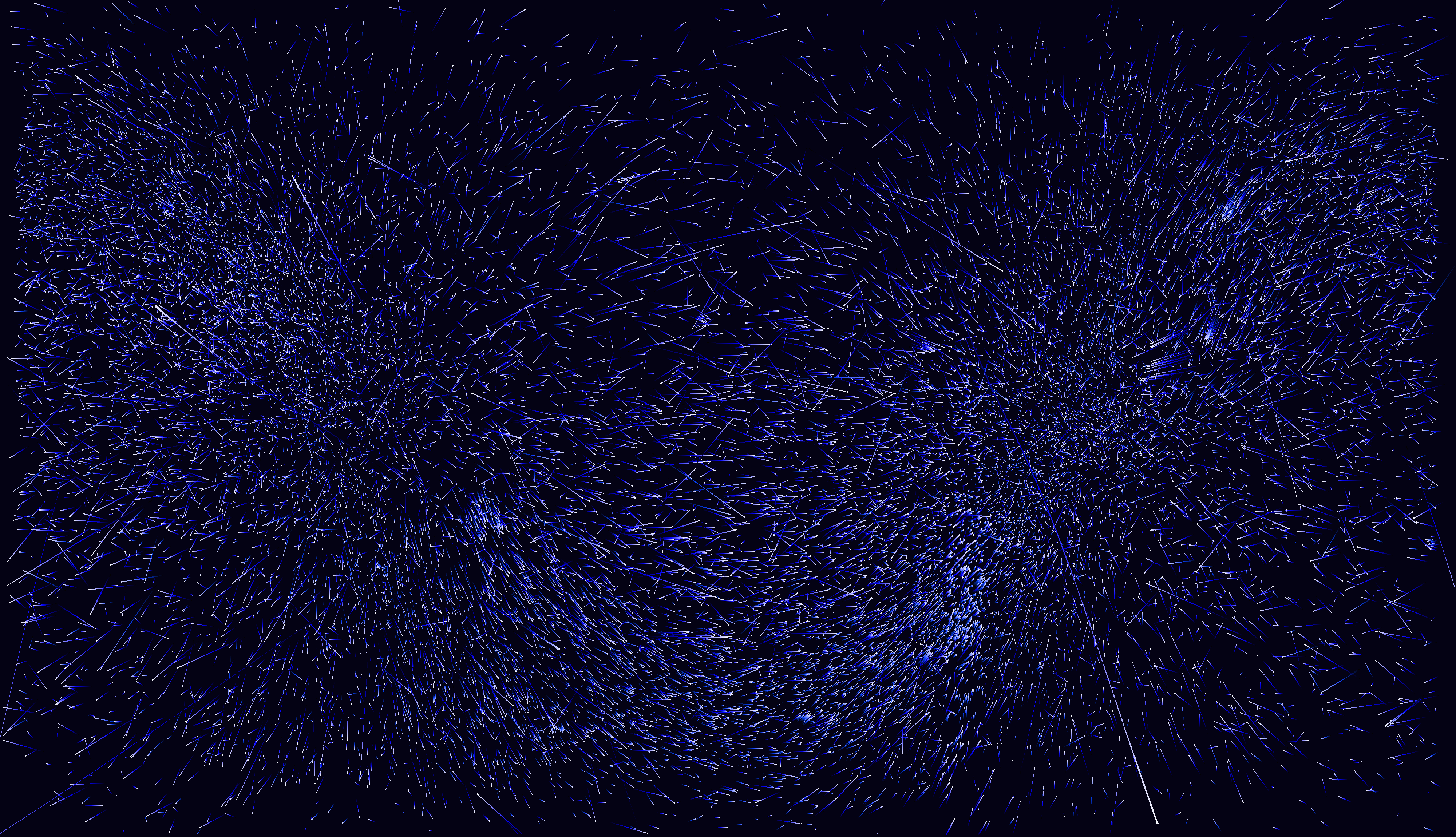每隔一段时间,我们都会面临做出一个将改变我们一生的决定。 我们到了十字路口,我们选择的道路不可挽回地关闭了其他道路。
为了帮助我做出这些决定,无论是在事业上还是在个人生活中,我都会给自己写长长的、详细的电子邮件,分析我的现状、我想达到的目标、我的选择以及它们的利弊。
写下这些选项本身就能帮助我进行思考。 我很少在给自己写邮件时得出正确的结论,但通常会在几周后发现–有时是在把邮件作为与好友和值得信赖的顾问进行讨论的工具之后。
下面是 2001 年 1 月 30 日我写给自己的一封电子邮件。 几个月前,我卖掉了奥克兰,当时我正为下一步该怎么做而苦恼。 考虑到我接下来要做的事情,读起来就更有意思了
发件人:Fabrice Grinda
发送时间:2001 年 1 月 30 日星期二上午 5:26
致法布里斯-格林达
主题未来之路
最近,我有了相当多的空闲时间,并花时间反思了我的 “商业 “生活的现状,以及未来几年我应该做些什么。 遗憾的是,我还没有得出结论,我想请你们帮助我想一想。 为了使我的想法条理化,我写下了对我目前处境的分析以及我可以做的事情。
当前职位
今天,我并不比三年前更有能力影响世界的发展。 更糟糕的是,我的财富还没有达到足以让我不必担心未来几年如何谋生的程度。 因此,我不得不在短期内开展 “营利 “活动。
从奥克兰辞职后,我坚信自己想再次成为一名企业家。 休息两周后,我变得焦躁不安,开始分析美国互联网市场,寻找套利机会。 同样,我开始寻找世界上的 “问题”,创业者可以通过对一定数量的供应链或流程进行去中介化或再中介化来解决这些 “问题”。 由此产生了一些想法。 遗憾的是,没有一个是 “正确的”。 在某些情况下,竞争环境会过于激烈,而在另一些情况下,商业模式又不明确……总有些事情不对劲。
有趣的是,我在麦肯锡工作的最后 6 个月也经历了类似的过程。 我从来没有通过分析找到一个绝妙的主意。 奥克兰德的创立源于幸运。 有一天,我的一位朋友走进我的办公室,告诉我 “我一定要看看这个网站”。 那个网站就是 eBay。 我立刻就爱上了这个项目。 太完美了 它有一个巨大的市场,一个有吸引力的商业模式,需要的资金数额我知道我可以筹集到,执行起来也很容易,而且时机恰到好处。 更妙的是,我一开始工作就爱上了这个行业。
遗憾的是,在过去的 6 个月里,我并没有产生这样的想法,而且创业环境也在恶化。 资金更难筹集。 许多新项目,特别是宽带和无线项目,需要大量投资,最好由拥有品牌、专业技术和现金的现有公司来完成。 我没有办法接触到那些由创新工程师和程序员创建的少数企业。 在第一轮筹款之后,他们来找我管理公司,在这一阶段,我只是一名雇员,在公司的股份比例很低。 我通过媒体发出了寻找新企业的信息。 不幸的是,我收到了数以千计毫无价值的想法和项目。
两个月后,我在投资银行、咨询公司、私募股权公司和大公司的互联网部门获得了各种职位。 我拒绝了所有这些邀请,转而成为一些互联网公司的顾问。 这样做的理由是,这样可以让我与 “环境 “保持联系,并增加找到新想法的可能性。
考虑到未来 9 个月的工资仍由奥克兰公司支付,我选择只用股权支付。 在过去的四个月里,我 “全职”(每周工作 50 小时,而不是通常的 80 小时及以上)为 MilleMercis(一个愿望清单网站)、MinutePay(一个类似法国 Paypal 的网站)和 Trokers(一个 C2C 易货网站,同时也在推出 Half.com 网站)工作。 对于这些公司,我主要是
- 撰写商业计划书(MilleMercis 和 Trokers)
- 筹集资金(MilleMercis 和 Trokers)
- 处理业务开发(主要是 MinutePay,少量是 MilleMercis)
- 确定他们的战略(所有三个)
- 网站设计和功能方面的工作(MilleMercis)
我对这三家公司都产生了巨大的积极影响,因为这三家公司都处于发展的初期阶段。 他们有 3 到 8 名员工,都拿着最低工资,收入很少,甚至没有收入,客流量也很小。 问题是,我无聊得要命。 一旦我撰写了业务计划并完成了关键的业务开发工作,我就没有足够的有意义的工作可做了。 此外,工作也相对枯燥。 写过一次商业计划,就可以写 50 次。 它们都遵循相同的结构。 同样,作品的其他方面也非常重复。 或者,也许只是我对别人的项目或那些特定的项目没有同样的热情。
不过,我还是实现了我的一个目标–与 “环境 “保持联系。 我有了足够的空闲时间,从而真正加深和拓宽了我在互联网上的人脉网络。 我参加了所有重要的互联网大会、会议和聚会。 我还抽时间去印度度假,每个周末都去滑雪。 遗憾的是,这些活动都没有产生一个绝妙的想法,而每周 50 个小时的 “无聊 “咨询工作也让我无法抽出时间思考新的创业项目。
此外,我也不确定我所遵循的商业模式是否具有吸引力。 我目前有
- 持有 MilleMercis 2%的股份(根据业绩,在上一轮估值 400 万美元的基础上,最多再增加 5%的股票期权)
- 按上一轮估值(150 万美元)计算的 Trokers 股票期权的 1
- 在上一轮估值 500 万美元的基础上,根据业绩情况,以股票期权的形式获得 MinutePay 0% 至 2% 的股份
毫不奇怪,我大部分时间都花在 MilleMercis(它也是做得最好的一家)。 问题是这些公司还处于早期阶段,不清楚我持有的股份何时才能变现。 就 MilleMercis 而言,我的报酬取决于我在未来 9 个月内筹集资金或出售公司的能力。 大多数找我做咨询的公司都希望采用同样的基于业绩的薪酬结构。 显然,他们这样做是合理的,但这基本上迫使我为他们兼职工作至少 12 个月。 此外,它的可扩展性也不强–我只能做这么多工作。
在所有这些情况下,我都是按照上一轮的估值获得股票期权(在法国很难做到这一点)。 因此,我的上升空间在很大程度上取决于退出估值。 此外,这些公司风险极大。 MinutePay 和 Trokers 目前的商业模式值得怀疑(尽管我喜欢它们的服务,而且它们为客户创造了巨大价值)。 MilleMercis 是法国微信市场的领导者,但在电子邮件营销市场上,他们只是一家小公司,其收入主要来自电子邮件营销。 综上所述,这一年的工作成果可能是 0 美元,也可能高达 100 万美元。 尽管如此,无论今年最终能给我带来多少价值,这些现金都不可能在四到五年后,当这些公司变得具有流动性时才可用。
鉴于我有一些开支–食物、公寓(最终)等。 – 如果我不想 “蚕食 “我从奥克兰得到的一点现金,我就必须开始创造一些现金。 如果我想继续做顾问,我就必须在明年 10 月奥克兰停止向我支付薪水后改变商业模式(请注意,我有机会从上述三家公司获得现金。我选择不这样做,因为我不需要现金,而奥克兰公司却在支付我薪水,希望通过入股赚更多钱)。
尽管如此,我并不想成为一名顾问。 工作很枯燥,也不太可能让我发财。 我甚至在考虑停止我为 MilleMercis、Trokers 和 MinutePay 所做的工作,并接受白白为他们工作的损失(如果我明天停止工作,我将只拥有 Trokers 的 1%)。
问题是,如果我停下来,我就需要做别的事情。 万亿美元的问题是什么? 我不知道自己想做什么,什么能让我兴奋。我想有几条路是显而易见的:
投资银行
我从来没有在投资银行工作过,所以不一定能判断工作会是怎样的。 从外部角度看,我想我想在银行从事并购工作。 参与谈判过程,思考交易的后果和理由,也许会很有趣。 这项工作听起来类似于我在奥克兰所做的业务开发工作,我很喜欢。 然而,这项工作听起来并不具有智力挑战性,也不能很好地发挥我掌握复杂概念和理论的能力。 此外,我也不觉得自己是个谈判或调解的好手。
我甚至可能错过了进入市场的最佳时机。 就在我从奥克兰辞职后,一家猎头公司给我打来电话,让我担任两家法国银行的互联网并购主管,直接向最高级别的合伙人汇报工作。 他没有说出这两家公司的名字,但给出了足够的提示,让我猜出它们是 Lazard 和 Société Générale。 鉴于我没有任何从业经验,这似乎是闻所未闻的。 我不认为今天会有这样的报价,尤其是在并购活动大幅减少、银行都开始裁员的情况下。
另外,我不确定在投资银行工作的最佳地点是哪里。 暂且抛开个人喜好不谈,我的直觉是,纽约或伦敦投资银行家的收入是法国投资银行家的两到三倍。 (虽然它们的工作效率也更高,但这从未让我感到害怕)。
私募股权投资和 LBO
再说一次,我对这个行业没有直接的了解。 我在该领域工作过的不同朋友给我的反馈大相径庭。 有些人对自己的经历恨之入骨,有些人则爱不释手。 显然,该领域的各家公司采取了截然不同的战略(财务优化、LBO、MBO 等)。 因此,各家公司的日常工作差别很大。
如果我没记错的话,Su Lee(我在麦肯锡的一个朋友)很讨厌她在那里的经历。 她工作过度,整天都在计算财务模型。 Michael Kahan(麦肯锡的另一位朋友)曾在 Onex 工作过,他的经历与此截然不同。 他的公司主要负责对大公司或企业集团中业绩良好的子公司进行管理层收购,以便这些公司通过向其他公司出售等方式加快发展。 因此,他的工作分为三项活动:
- 为这些机会出谋划策。
- 分析创意:通过个人研究和聘请顾问了解市场,与管理层会面,进行财务分析,完成交易。
- 帮助企业成长。
这听起来确实令人兴奋,但我必须做了大量工作才能对此做出正确判断。
一家大公司的互联网部门
维旺迪(Vivendi)、拉加代尔(Lagardère)和法国电信(France Telecom)等许多公司都拥有众多互联网部门。 然而,他们似乎并不擅长管理这些企业。 我显然有机会成为那里的电子商务主管,甚至是整个互联网部门的主管。 如果我打对了牌,这样一份工作可能会让我在一段时间(15 年?)
我认为这些公司需要对业务有很好理解的企业家,但我的直觉是,我讨厌在那里工作:
不同的互联网部门隶属于不同的小领地,很容易发生内讧(我曾多次目睹维旺迪和法国电信的内讧)。 这样一来,我的工作就会高度政治化,而我讨厌公司政治。
成功的关键可能是耐心、良好的流程管理、制定正确的议程以及激励我的直接下属。 我觉得我可以做到这一点,但我会觉得这比确定战略、筹集资金、谈判交易、玩网站设计等要无聊得多。
从好的方面看,我在那里每周工作 40 个小时就可以了,而且工资大多是固定的、高的。 我的另一位麦肯锡朋友在 Bertlesman 工作,对他来说似乎正是如此。 他的薪水极高,工作相对较少,但他似乎也对自己的工作感到彻底厌倦,他似乎讨厌围绕着他的官僚主义和政治。
为初创企业工作
很多初创公司都给我提供了首席执行官或业务发展主管的职位。 迄今为止,我拒绝了这些邀请,因为我不喜欢这些项目。 他们要么不出色,要么就是不太令人兴奋。 不过,从更广泛的层面来说,我觉得为一家不是我创建的初创公司工作并不是一个好主意。 在我看来,初创企业生命中最有趣的部分是其创始阶段,在这一阶段,一切都必须完成–建立团队、技术、寻找商业模式、使企业适应环境和客户等。 一旦公司发展到一定阶段,整体战略就会确定下来,组织结构也会更加清晰,首席执行官的工作也会变得更加流程化–确保公司达到预期目标、各部门业绩良好、评估直接下属、与股东沟通等。我可以胜任这份工作,但它并不那么令我兴奋,而像保罗-齐尔克(Paul Zilk)这样的人,也就是我在奥克兰聘请来接替我的 43 岁首席执行官,却能比我做得更好。
此外,从财务角度来看,在一家初创公司工作,如果不是创始人之一,就会面临很多失败的风险,而回报却要少得多。
风险投资
过去几年,我亲眼目睹了欧洲风险投资公司的普遍无能,我真的很想在奥克兰之后加入一家风险投资基金。 我收到了一些邀请,希望我加入新成立的基金担任合伙人,或加入现有的基金担任助理或副总裁。
实际上,我喜欢阅读商业计划书,并与许多不同公司的管理层会面。 它迫使我思考和分析众多行业。 然而,我曾是一名创业天使,并创建了袋鼠村(Kangaroo Village)–一个我担任项目选择委员会成员的孵化器–我意识到,我没有足够的能力对绝大多数项目作出判断。 它们过于专业化,技术性太强。 同样,在许多情况下,特别是最近,前顾问或银行家也在介绍项目。 经过多年的训练,他们表现得如此出色,以至于很难说出他们的实际水平有多高。 说到底,我在项目选择方面可能并不比我所批评的风险投资人强多少。
此外,当我创建袋鼠村时,我的初衷是通过积极参与早期阶段的工作,真正帮助我们所投资的公司。 实际上,我们被大量的商业计划书(质量太差)所淹没,以至于无法为我们投资的公司提供太多帮助。
我也讨厌与创始人的谈判过程及其双重标准。 前一秒,我们还在争论他们的公司一文不值,后一秒,我们就成了最好的朋友。 然后,为了下一轮融资,情况又变得紧张起来。 我宁愿避免这一切。
此外,现在可能也不是进入风险投资的好时机。 风险投资的周期性很强。 投资回报率取决于退出–首次公开募股或交易。 鉴于估值比以前低得多,而且首次公开募股市场已经关闭,风险投资公司在未来几年不可能有好的表现。 此外,基金的生命周期往往为 6 至 10 年。 如今,我还没有准备好为任何一个工作领域投入 10 年的时间。
成为企业家
我喜欢在奥克兰度过的时光(至少在我的创业投资公司出问题之前是这样)。 我喜欢工作的多样性、市场的千变万化以及对创新的需求。 我还喜欢扁平化的组织结构,以及职业生活和社交生活的交叉。 但让我担心的是,我最享受的时光,也是我在新创公司最可能无法复制的时光。
我们长期以来人手不足,组织不力。 它让我有机会做公司里的每一项工作,并在所有工作中发挥巨大作用。 然而,几个人的力量是有限的。 这大大拖慢了我们的工作进度,并导致了各种失误(或者说,实际上我错过了一些员工的重大失误,因为我没有时间检查他们的工作情况)。 如果我跳过第一部分,我仍然愿意成为一名企业家,但 “有趣 “的部分只能持续 12 到 18 个月,到那时我最好把公司交给像 Paul Zilk 这样的人。
因此,我的理想工作似乎是成为一名 “连续创业者”。 但为此我需要有 “系列想法”,而这是不可能实现的,因为我目前连一个好想法都很难找到。 此外,正如我之前指出的那样,创业者所处的时代不像以前那么好了。
成为常驻企业家(EIR)
如果我成为一名住校创业者,我会在一家风险投资公司工作,尝试提出一个创业想法。 他们会让我使用他们的资源,并帮助我评估我提出的想法。 我不清楚我为他们工作能得到多少报酬。 据我所知,有一项隐含的安排,即环境影响报告必须在 12 个月内提出一个想法。
一开始,我被这个想法深深吸引。 我想,这可以让我找到一个新的想法,如果风险投资人喜欢,我就可以绕过爱情和种子基金阶段,直接进行第一轮融资,让业务发展得更快。 这项工作听起来与我今天的工作非常相似。 我周围都是聪明人(目前与我一起集思广益的互联网创业者都很聪明),我可以参加各种会议(我已经参加过了),我还可以与风险投资公司的一些投资组合公司合作(我也作为顾问与初创企业合作)。 鉴于我缺乏寻找新想法的创造力,我可能不会比现在做得更好。
其他
这份清单不可能详尽无遗,因为选择是无穷无尽的。 还有其他一些潜在的机会。 我可以获得工商管理硕士学位。 这样我就有时间休息,思考下一步该做什么,也可以建立一个关系网。 但是,我并不想参加 GMAT 考试和经历申请过程。 我觉得我在那里几乎什么也学不到,而且我也无法证明这段时间的机会成本是合理的。
另外,我并不排斥从事与上述机会完全不同的工作(甚至是商业领域以外的工作)。 通常几年之后,我就会对某些东西感到厌倦。 除了在普林斯顿大学的学习,我觉得我可以永远待在那里,因为我热爱学习,所以我的兴趣永远都在变化。 起初,我喜欢经营自己的电脑公司–成立公司、寻找供应商和客户、准备定价、销售电脑、组装电脑、做账等等。 然而,三年后,我厌倦了与错误和愤怒的客户打交道(那时的电脑更不稳定),一切都变得那么多余… 我一开始很喜欢麦肯锡(好吧,不是因为第一份可怕的 Libby Chambers 研究报告,而是因为之后的所有研究报告)。 我喜欢在那里遇到的大多数人(他们都非常聪明和有趣)。 实际上,一开始我很喜欢写作和演讲。 我真切地感受到自己的口头和书面交流能力得到了提高,我喜欢学习商业战略和各行各业的复杂运作。 然而,18 个月后,我开始变得焦躁不安。 工作变得越来越重复(当你写了足够多的卡组之后,你可以在睡梦中写出无限多的卡组)。 此外,工作似乎也没有太大的意义和满足感。 我的建议往往得不到实施,或者涉及不重要的主题(尤其是在像运通这样的公司,我们的研究课题多达 200 项)。 即使我的建议得到了落实,我也无法亲眼目睹,可能只能在几个月后的报纸上了解落实情况。 到那时,我已经在做另一个项目,不再关心这些了。 说实话,两年后奥克兰就变成了这样。 我非常乐意把公司的日常管理工作交给保罗(他是公司的首席运营官)、首席财务官和营销主管。 起初,我仍然扮演着重要的角色,尤其是教他们工作、制定战略、进行业务交易和玩转网站。 然而,在大部分工作完成后,我的附加值微乎其微。 现在肯定是时候把首席执行官的职位交给保罗,让他去做别的事情了(由于与我的股东发生冲突,实际上并没有这样做,但这是另一个故事)。 创业 5 年后,我肯定需要休息一下,我很想做点别的事情。 我只需要弄清楚是什么。 可惜你不能一夜之间成为电影明星或体育明星。 我觉得至少在一段时间内尝试一下会很有趣。 与此相关的是,我为一家法国日报撰写文章的过程非常有趣。 我每周写一篇文章,内容是我选择的任何与互联网相关的内容。 我主要是对各种话题采取非自愿的立场,从而引发了有趣的辩论(老实说,这些文章还没有发表,到目前为止,我只是与其他互联网企业家分享了这些文章)。
总的来说,我觉得我需要做出的决定将对我的人生产生巨大影响。 如今,我有很多选择。 一旦我开始沿着一条路走下去,其他许多可能的路都将不再存在。 这是我有生以来第一次不知道哪个才是正确的。 在我看来,我迄今为止所走过的历程和所做的人生选择总是显而易见的–在学校努力学习、进入普林斯顿大学、加入麦肯锡公司、创建奥克兰公司……尽管一路上我犯了很多错误(尤其是在个人生活方面),但我相信所有这些决定都是正确的(至少对我而言),无论它们的结局如何(奥克兰公司的经历本可以取得巨大成功。差一点就成功了……最后只剩下两个错误的决定。首先是我自己的决定。我应该以 1500 万美元的价格卖给 eBay。然后是阿尔诺的决定他应该让我在去年二月卖掉公司)。
尽管经历了各种 “低谷 “时期,但我热爱迄今为止的生活。 我爱我的回忆,我清楚地记得我享受生活,尽管当我看到错过的机会和过去的错误时,我难免会感到遗憾。 除了享受自己的生活,我还觉得自己完成了一些有意义的事情。 在普林斯顿大学,我喜欢帮助学生掌握他以前不理解的概念所带来的成就感(我曾担任经济学导师、会计学助教和计量经济学顾问)。 我一生中最幸福的时刻之一是,一个女孩(可惜我不记得是谁了)告诉我,她努力工作,加入麦肯锡,因为她想追随我的脚步。 同样,通过奥克兰,我为自己帮助改变了法国人的观念而感到自豪。 奥克兰是法国第一家筹集大量资金的初创企业(1999 年 7 月,1800 万美元的增资在法国闻所未闻,100 万美元或 200 万美元是当时的常态),我们也是第一家积极利用公关和宣传的企业。 我在媒体上的形象是法国互联网的海报儿童,这让我能够激励人们。 年轻人可以再次成功 我唯一喜欢的一篇关于我奥克兰经历的文章 是这样一个小片段:”今天这一代法国年轻人不再想成为 IBM 的 Lou Gerstner 那样的人,他们梦想成为奥克兰的法布里斯-格林达那样的企业家”。 我最后感到自豪的是,我改变了许多员工的生活。 他们显然很失望,因为我卖给他们的梦想没有实现,但我还是改变了他们的生活,让他们的生活变得更好。 他们中的许多人都曾从事过自己讨厌的推销员或服务员等毫无意义的工作,如今却成了就业市场上的抢手货(他们也喜欢这样)。
我希望我选择的道路能让我对每天所做的工作感到满意,并让我有更大的成就感(直到现在,我也没能影响几个人)。 如果我能同时拥有这两样东西,并避免过去的错误,情况应该会很好。
总之,天色已晚(凌晨 5 点),我的思考和写作质量都开始明显下降,我就不多说了。
